Galeodan Suites in Jardín de Helena
San Cristóbal, Galápagos


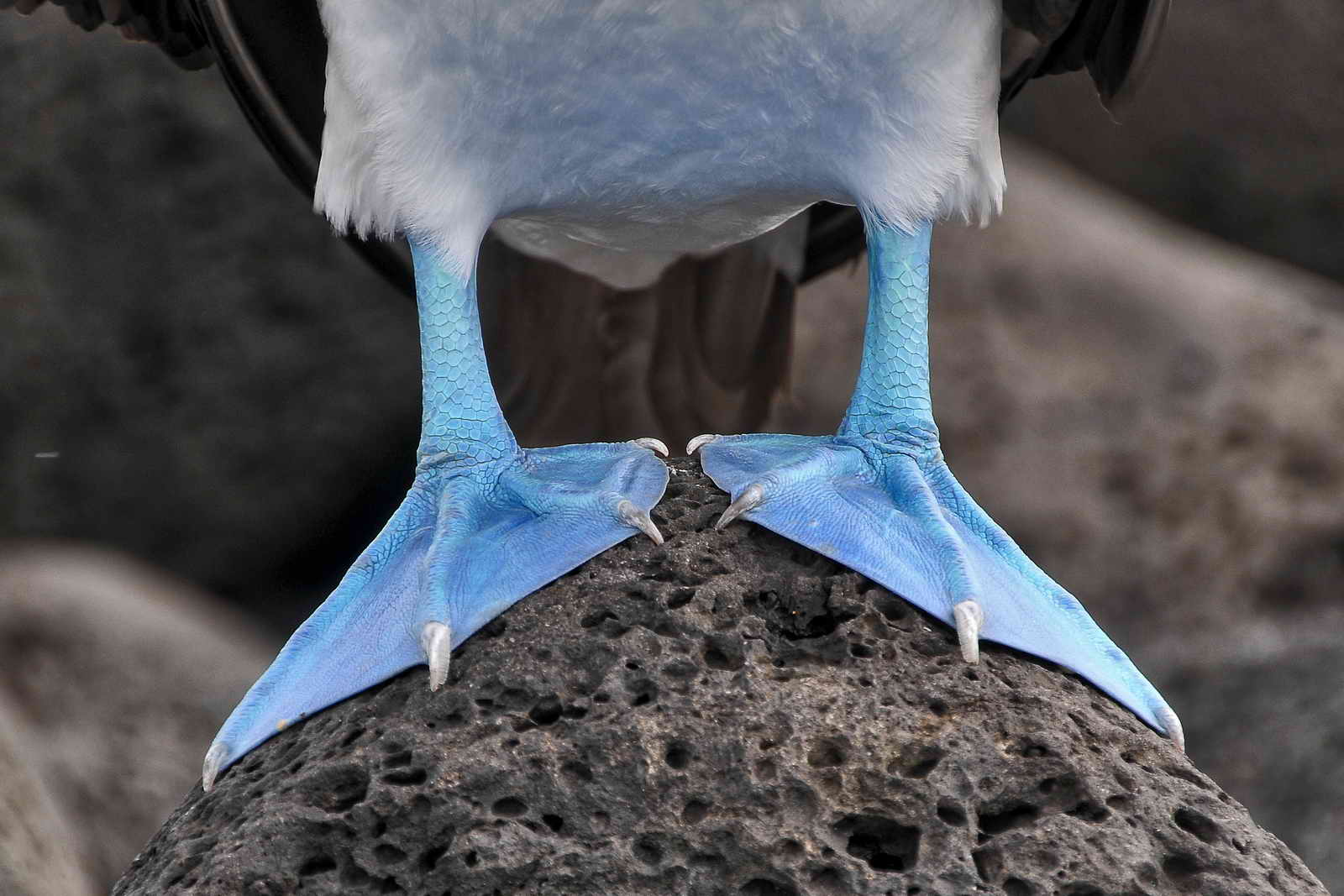
More than anything, the Galápagos Islands are famous for their wildlife: as a living laboratory of evolution, illustrating as nowhere else on Earth, the ongoing process of Natural Selection first recognized by Charles Darwin as a result of his visit in 1835.
Within minutes of your arrival in Puerto Baquerizo Moreno, you will meet its most ubiquitous inhabitant: the sea lion. Then, in no time, you will see pelicans, boobies, lava lizards and maybe even a couple of marine iguanas to greet you on the pier. Overhead you will notice flocks of frigate birds wheeling in the sky above you or teeming around a fishing boat returning to port with its catch.
Thanks to a lack of natural predators, the animals are mostly indifferent to the presence of humans. Within a couple of days, you will encounter most of the species which have made the Galápagos Islands famous. And many of them are so curious or bold that it is sometimes easy to forget some absolutely essential rules
Even at some distance our lotions and perfumes can damage their skin or eyes. Feeding is particularly bad for their health and encourages aberrant behaviour. Finally, if you invade their space, they will become increasingly wary of humans and, in some cases, may bite.
Be sure to study and observe the Galápagos National Park’s Rules for Visitors
The following is by no means an exhaustive record of San Cristóbal wildlife - Just the ones you are most likely to encounter within a short time of your arrival on the island:
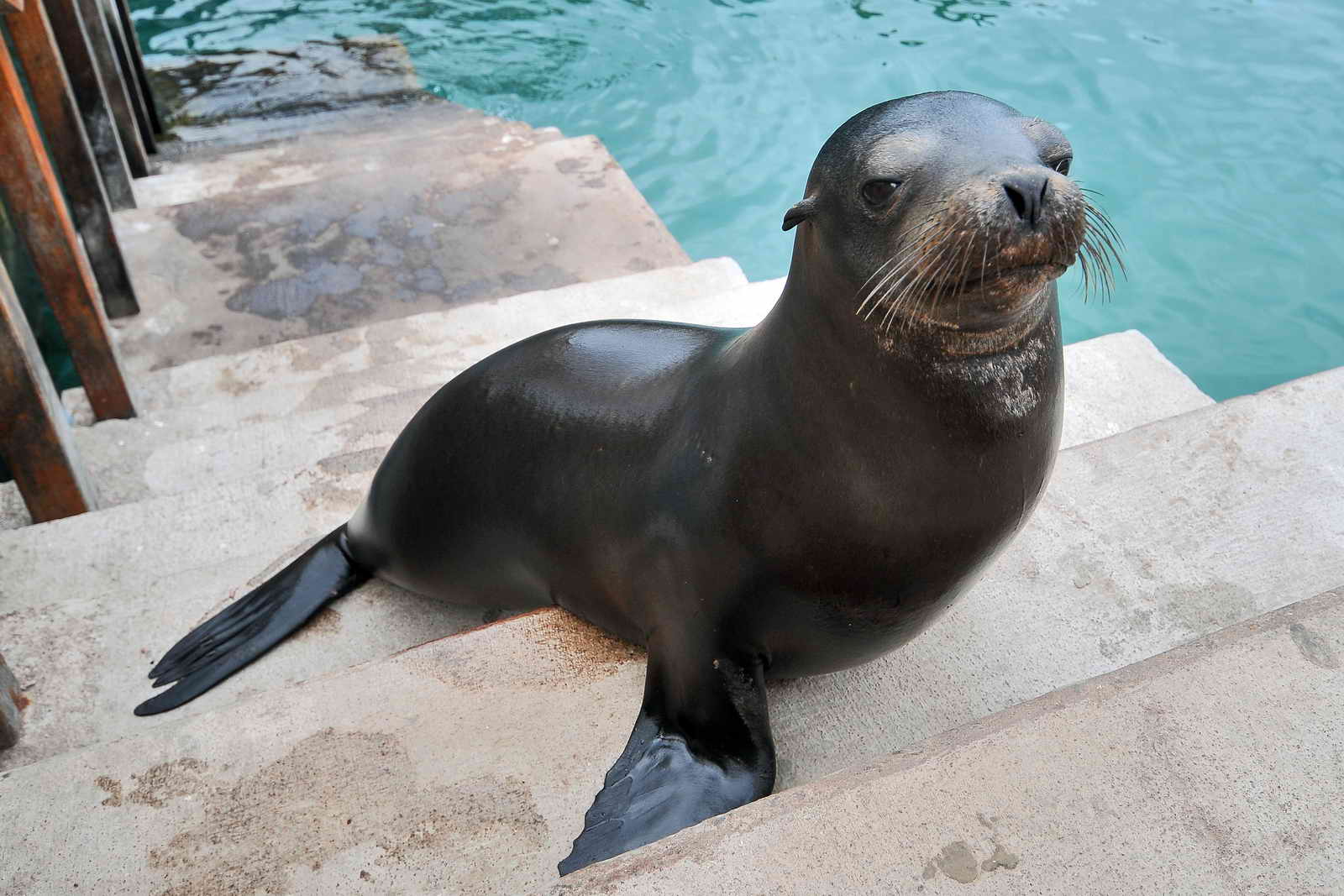
There are two species of sea lion in Galápagos
Galápagos sea lions ( lobo marino or just lobo ) are everywhere: on the beaches, out at sea, on the street, on your beach towel!
Despite the name, fur seals are a species of sea lion. Fur Seals favour more isolated locations and cooler water and are unlikely to be spotted around San Cristóbal.
.jpg)
The sea lion is such a prominent feature of San Cristóbal that it has become an icon, particularly for tourism - Promoted as “La Cara de San Cristóbal” - “The Face of San Cristóbal”. How much you agree with this accolade depends on whether you are a resident, a tourist, or a fisherman (to whom they provide serious competition)..
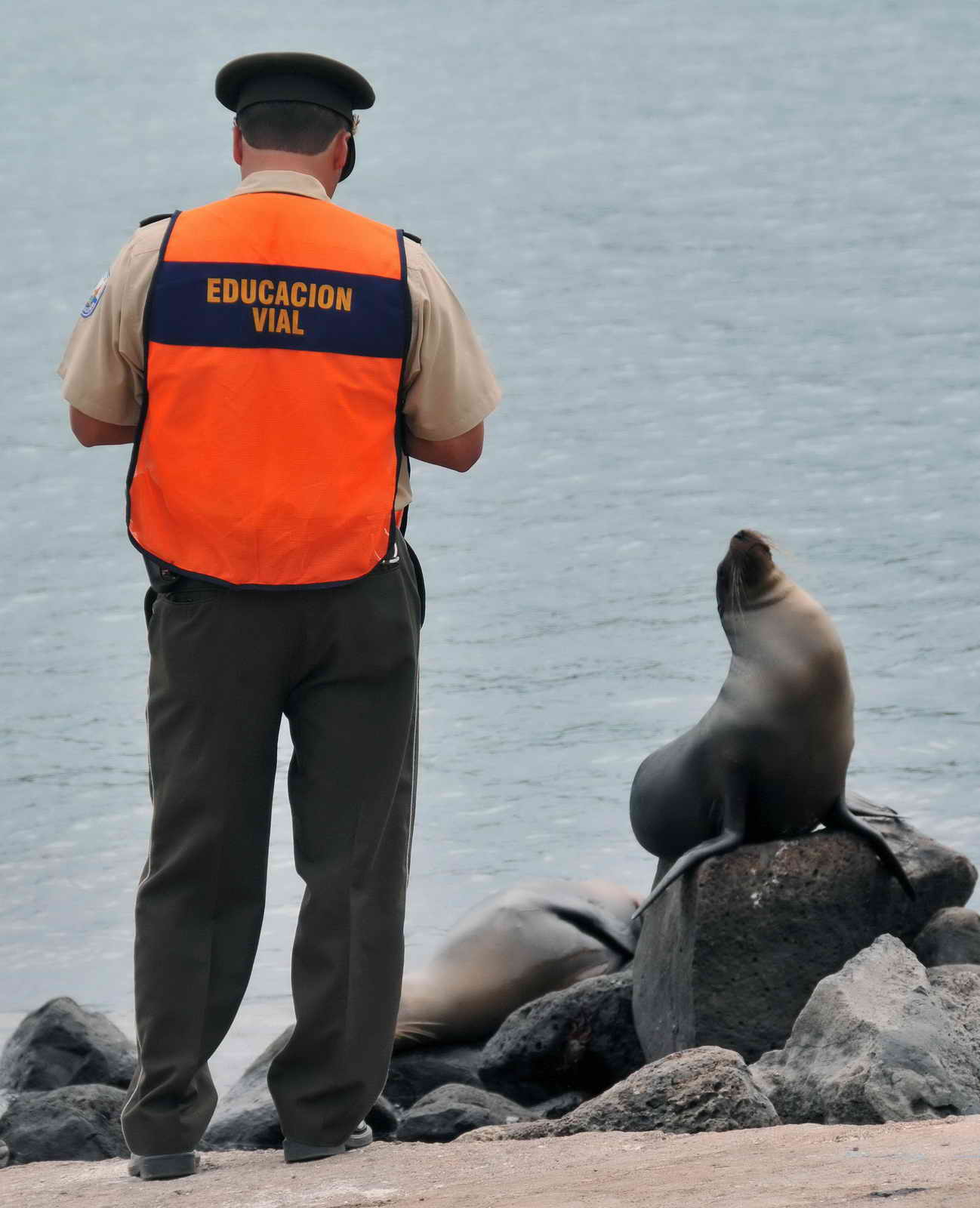
Juvenile sea lions, which are still being fed by their mothers, are naturally inquisitive and playful and are drawn to their human counterparts. However, it is potentially harmful, and against the National Park Rules, to touch the pups.
As the pups mature, their behaviour towards humans becomes increasingly unpredictable and you should give them a bit more space, particularly on land. In the water, they may still approach and check you out and there is no need to be concerned as long as you let them set the bounds. If you start chasing them , that’s another matter - They may bite.
You probably want to steer clear of the big machos (males). They are territorial and aggressive if approached. Mothers are protective of their pups and also need more space.
.jpg)
Marine iguanas ( iguana marina ) feed underwater, on algae, and must return to land regularly to warm up again in the sun.
Although vulnerable to predation by feral cats, rats and dogs, marine iguanas have fared better in the populated islands than their land-living cousins and can still be seen in Puerto Baquerizo itself. The recently constructed Malecon (boardwalk) provides better isolation than before and their numbers are steadily increasing. Outside the port, they are easily found on the rocky shoreline, particularly in nearby Punta Carola.
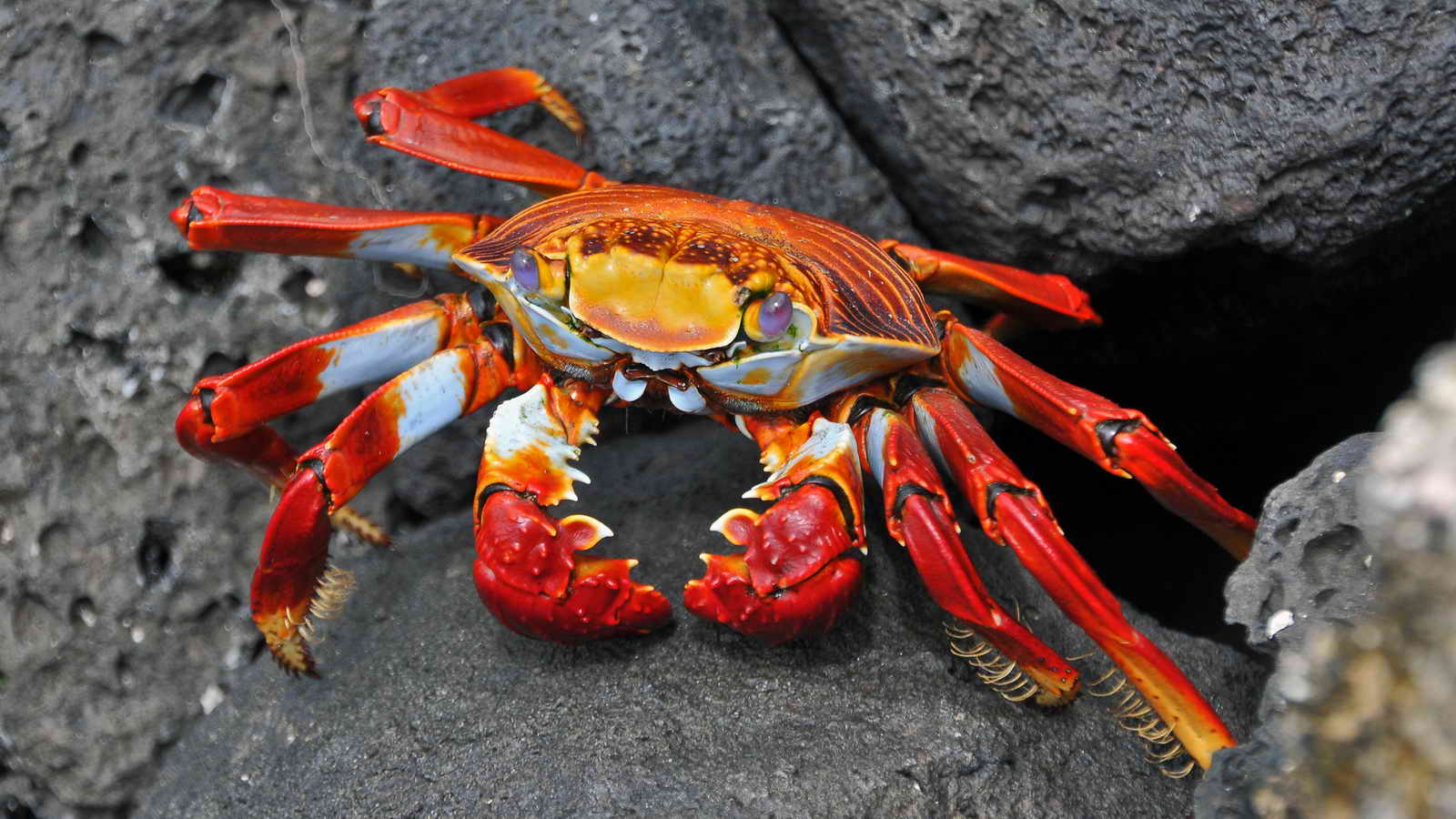
There are several species of crab ( cangrejo ) in San Cristóbal
In town, you will see numerous Sally Lighfoot crabs on the rocks, just above water. They start life black and bloom into full colour as they mature.
Ghost crabs and hermit crabs are common to many of the sandy beaches on San Cristóbal, particularly: Cerro Brujo and Playa Ochoa.
.jpg)
In common with other islands, San Cristóbal has its own unique species of tortoise ( tortuga ). The only surviving local population can be observed in wild, at Galapagera Natural, or at the Galapagera Cerro Colorado, where they are protected and bred.
.jpg)
Each island has its own variants of lava lizards ( lagartija ). They eat mostly insects and some plants. You can usually get quite close and it often seems you might step on one until it takes last moment evasive action. You can often see males defending their territory by doing push-ups.
.jpg)
Galápagos does have snakes, but no poisonous varieties. And, of course spiders, beetles, ants etc. Because they are carried so easily by travellers, Insects are among the most frequent of invasive species.
.jpg)
Every type of Galápagos booby can be found on San Cristóbal.
(6x4).jpg)
Nazca boobies are everywhere, in the port and most parts of the Island. Once thought to be a subspecies of masked booby, they are actually a distinct species.
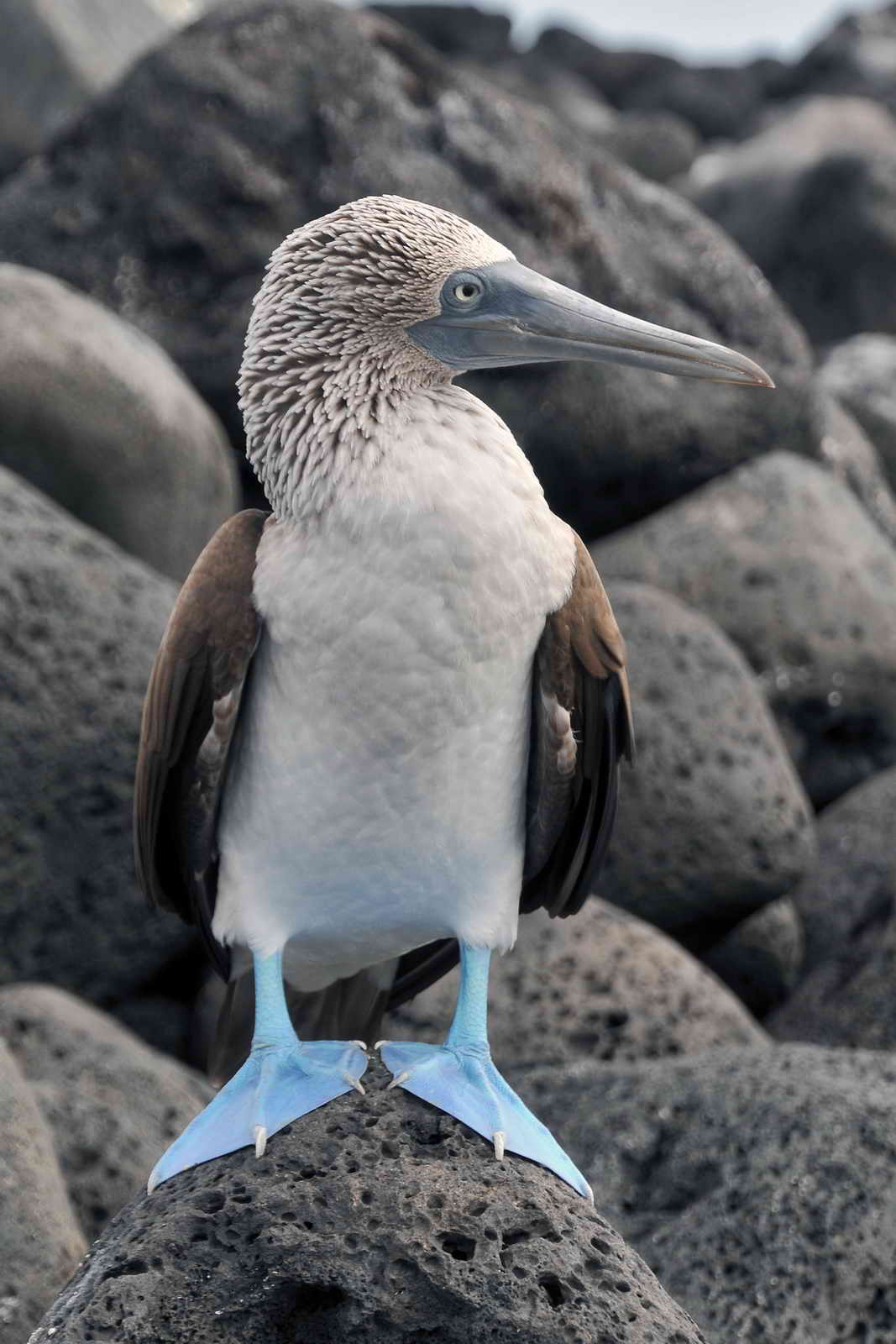
Blue-footed boobies favour more isolated surroundings but can still be found close to town, in places like Isla Lobos and Punta Carola.
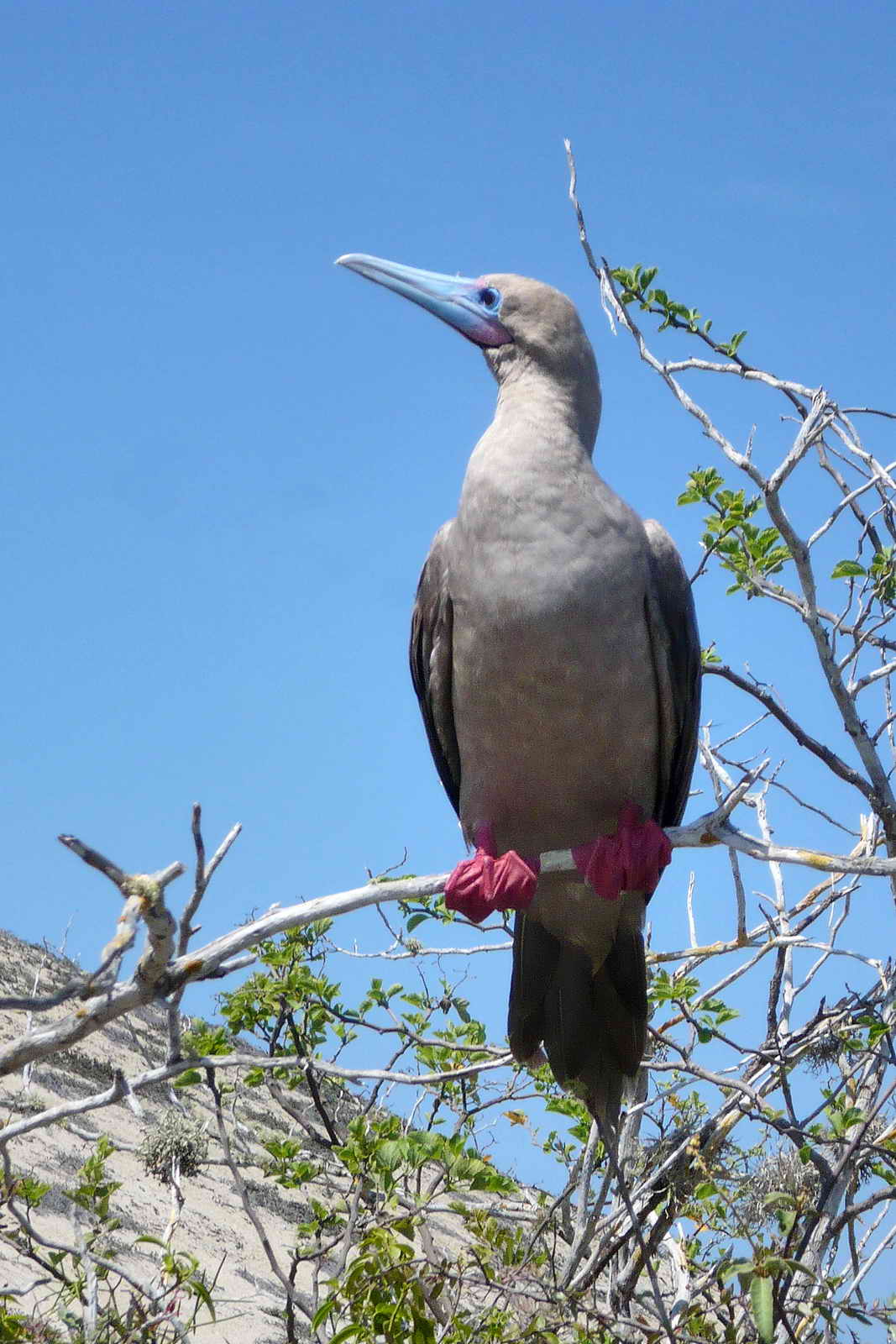
Red-footed boobies are generally confined to Punta Pitt at the north east tip of San Cristóbal. Punta Pitt is the only place in Galápagos where you can see all 3 species of booby, as well as frigate birds, nesting in the same area.
.jpg)
.jpg)
Brown pelicans ( pelicano ) will be among the first and most abundant birds you will encounter on arrival at San Cristóbal.
(16x9).jpg)
The Tropic bird ( pajaro tropical ) is native as opposed to endemic but is nonetheless a pleasing sight at sea and occasionally from shore.
.jpg)
While finches are the most cited example of bird adaptation, it was the variation of beaks in the mockingbird ( cucuve ) that first excited Darwin’s curiosity.
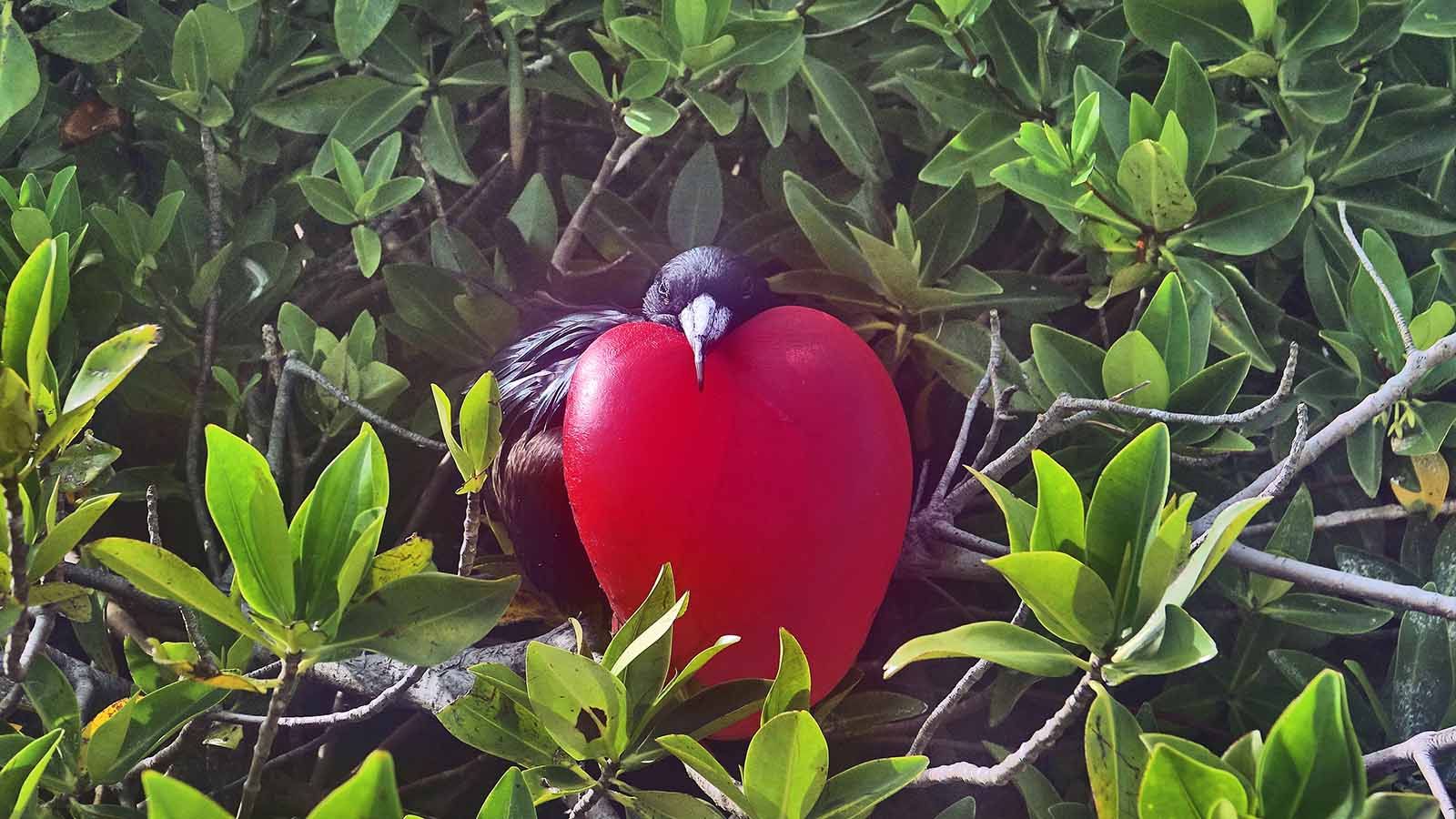
The Great frigate bird ( fragata ) inflates his red pouch to attract a mate to the nest he has prepared.
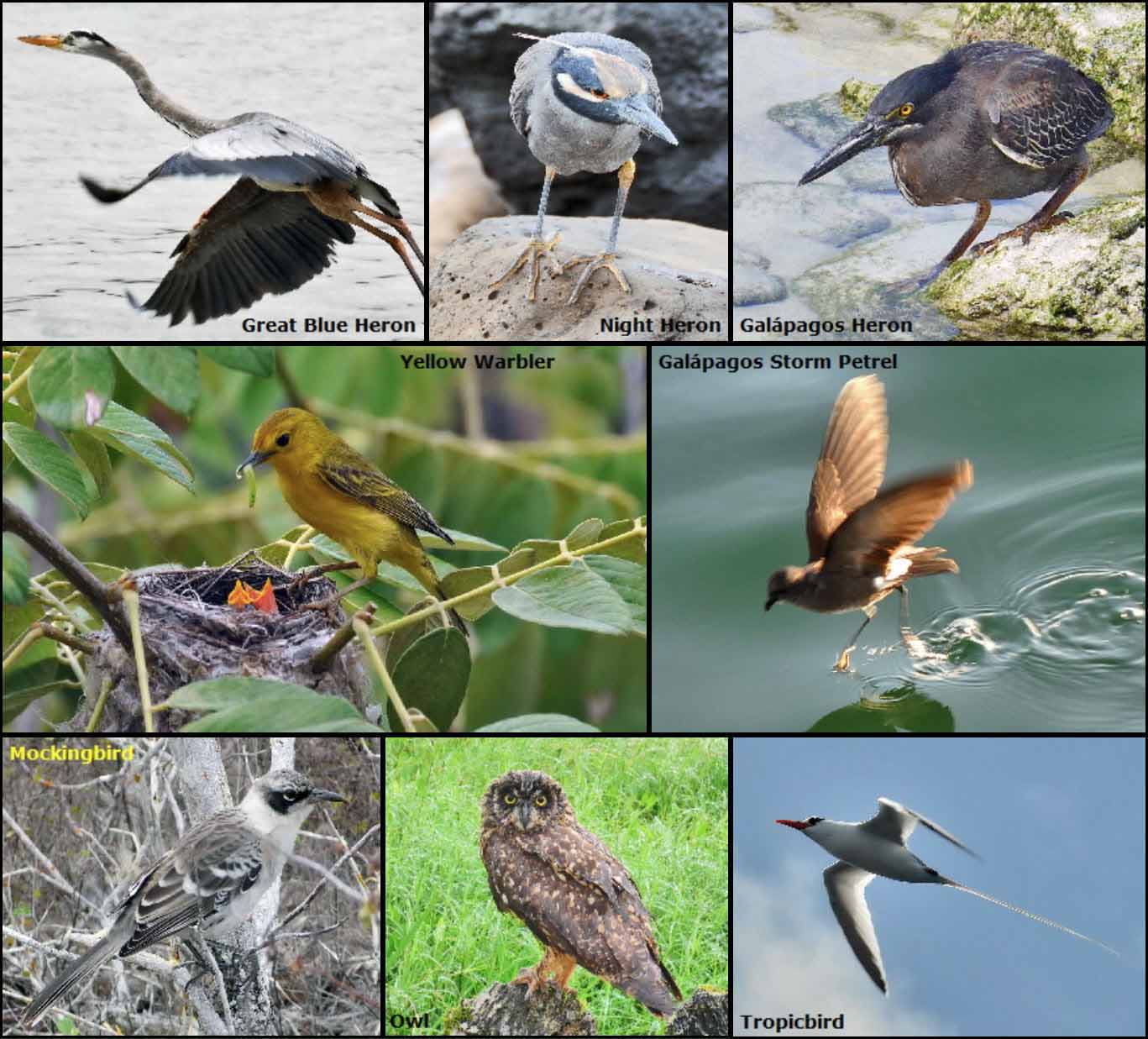
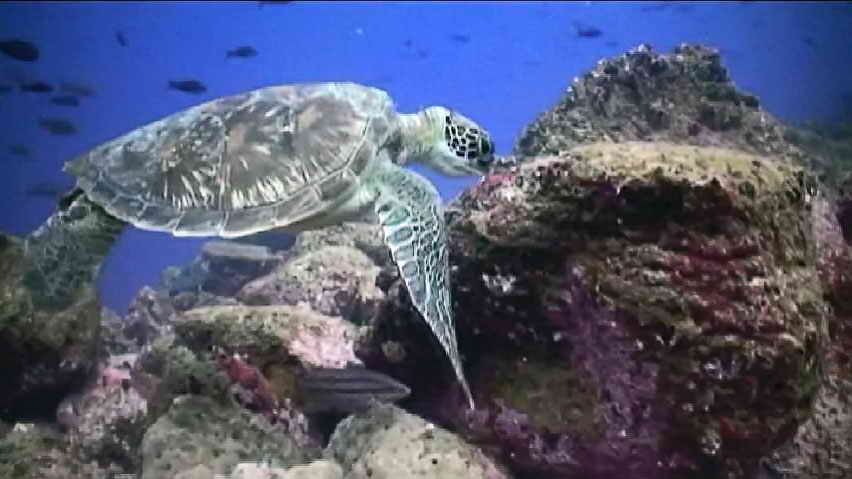
Turtles abound in the port and beaches all around San Cristóbal so you are quite likely to meet one, maybe several, when swimming or snorkeling.
(16x9).jpg)
Several species of whale frequent the waters around San Cristóbal, including minke, humpback and orca. You may also encounter whale sharks on a diving, snorkeling or fishing excursion.
.jpg)
Galápagos is home to the greatest biomass of sharks on the planet. Thanks largely to the protection afforded by the Galápagos Marine Reserve and the cooperation of Galápagos fishermen.
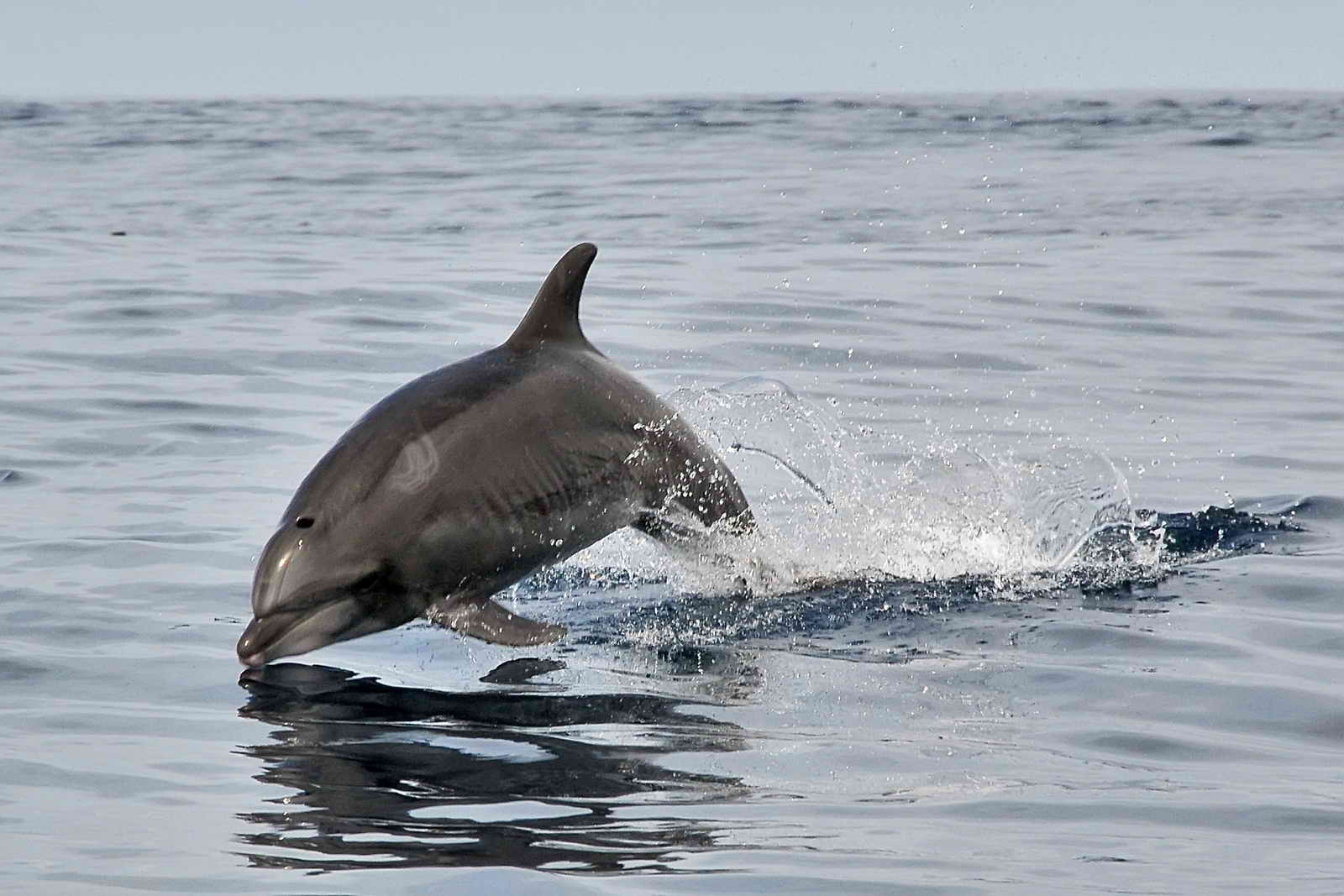
Dolphins are frequent companions to trips between the islands and when out fishing.
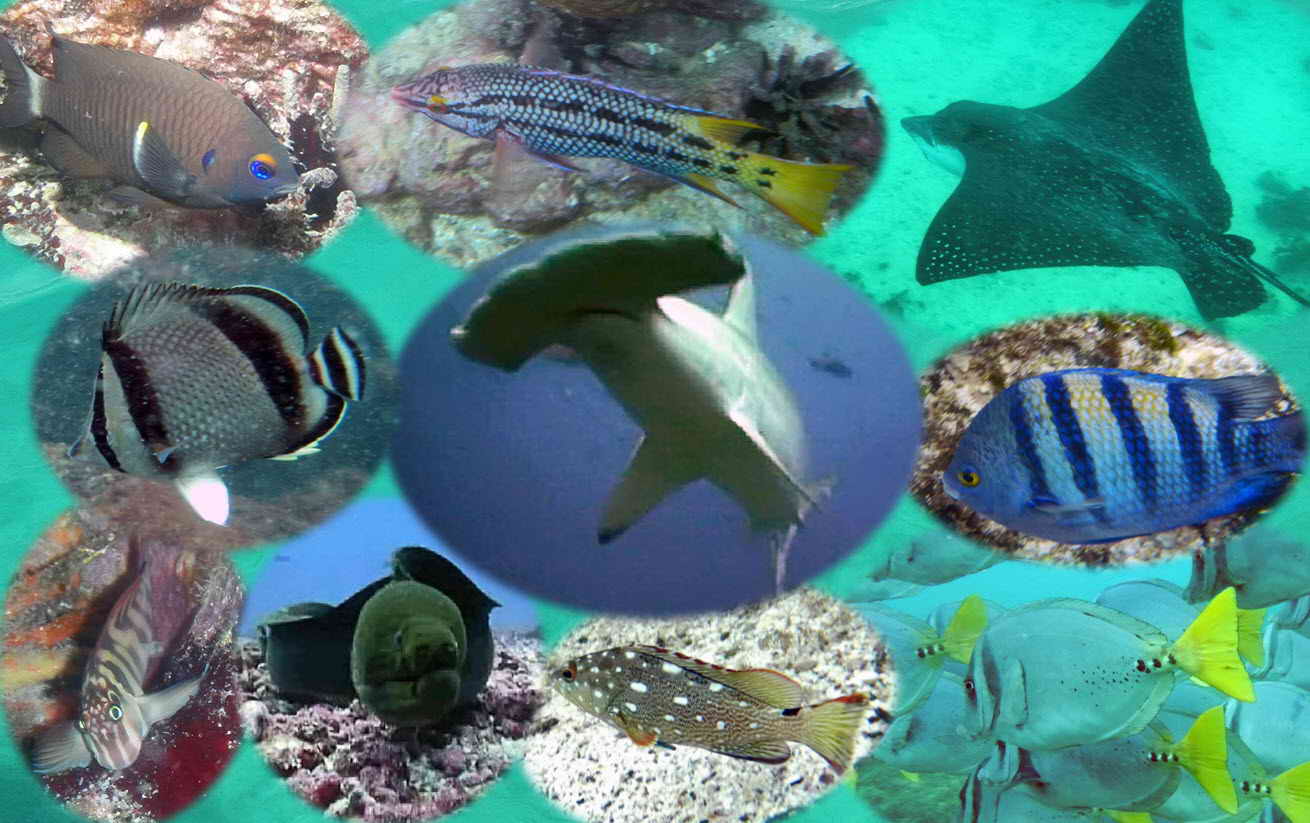
If you go snorkeling or diving, you will see everything from the weird and wonderful batfish, , moray eels, shoals of surgeonfish, damsels, grunts and groupers, to stingrays, manta tays, and sharks: Galápagos shark, Whitetip reef shark and, of course, the iconic hammerhead.
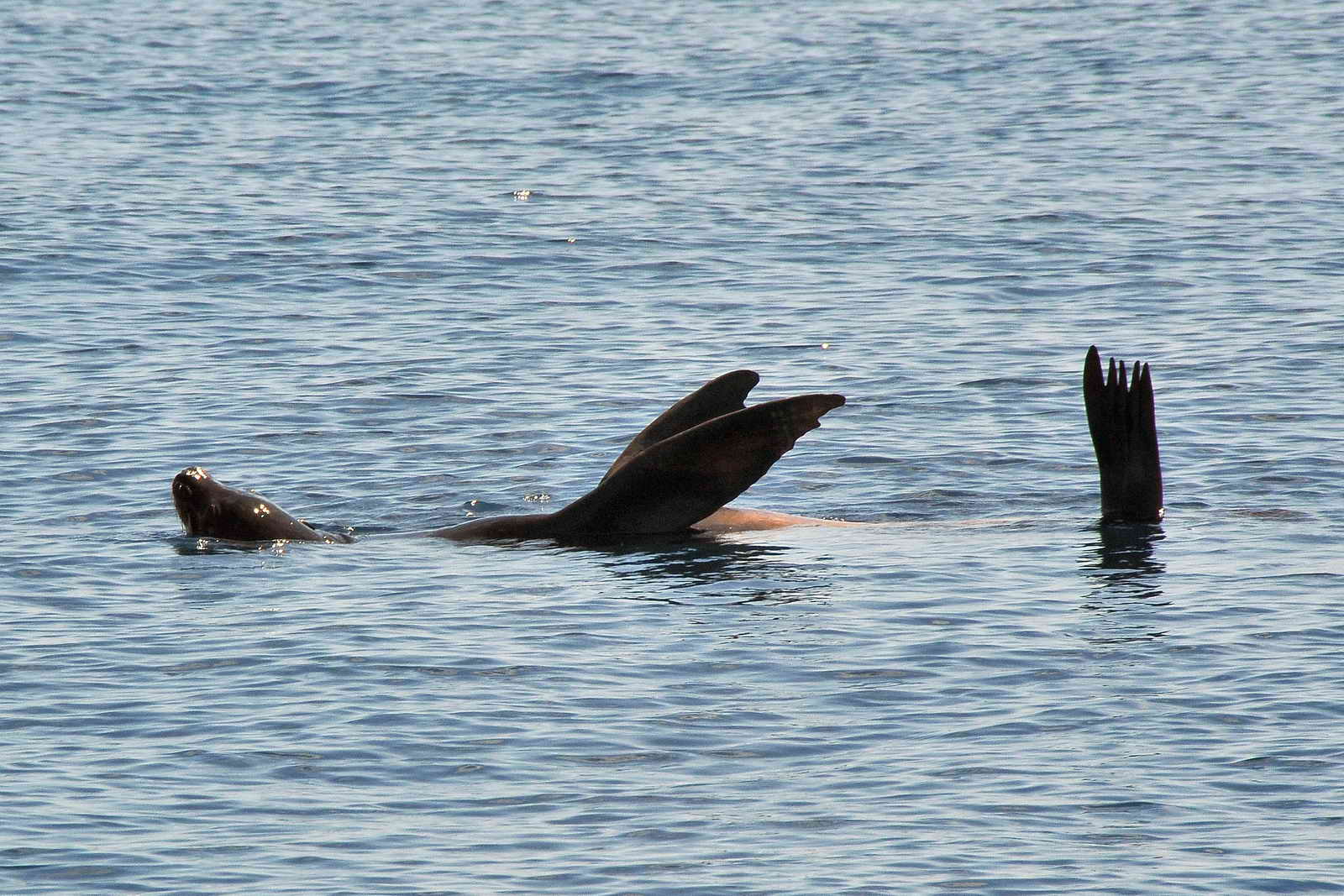
Sea lions will fish more than 50 miles offshore, taking several days to make the journey each way. Here one basks while regulating its temperature with raised flippers.
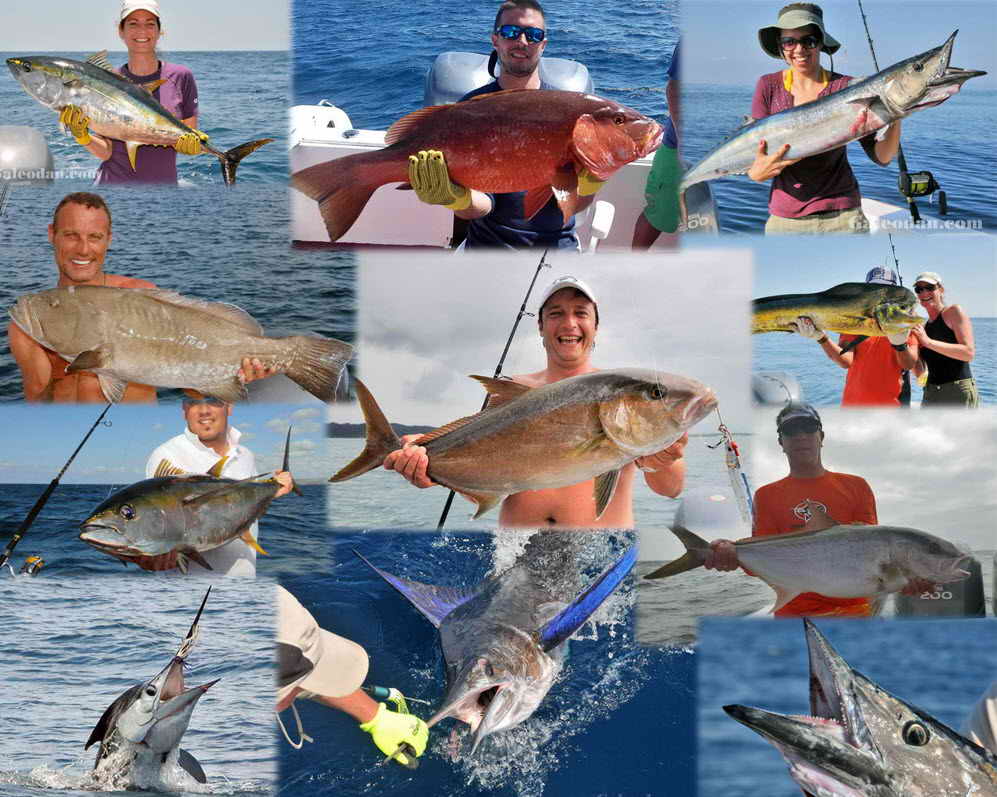
Galápagos, particularly San Cristóbal, has long been one of the world’s top destinations for fishing. For several years, it was illegal for tourists to fish here, but in 2006, the Galápagos National Park issued regulations and a limited number of licences to local fishermen to practice Vivencial Fishing. The distinctions between Vivencial Fishing and Sport Fishing, which is still illegal, are discussed in some detail on Galeodan’s main website: www.Galeodan.com.
San Cristóbal is particularly renowned for its marlin (striped, blue and black) but it is also a great destination for tuna, wahoo, dorado, jacks, groupers etc. You can easily catch over a dozen species in a day.
Copyright © 2022 Galeodanturis Cia. Ltda. All Rights Reserved